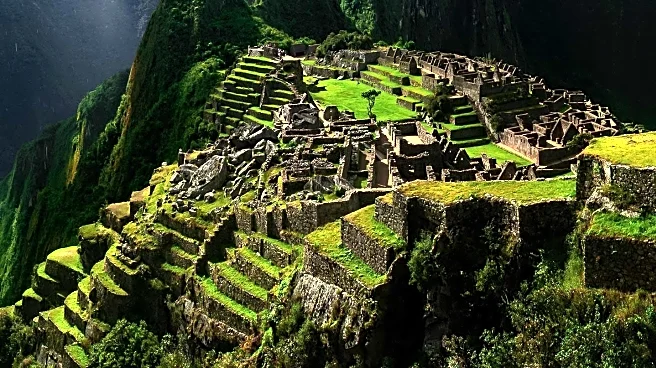What's Happening?
Archaeological excavations on Peru's central coast have uncovered murals created by the Caral civilization, warning of climate change following a mega-drought 4,200 years ago. These findings suggest that
the civilization, previously thought to have vanished, reorganized along the Pacific shoreline. The murals serve as historical evidence of the impact of climate events on ancient societies and their adaptive strategies.
Why It's Important?
The discovery of these ancient murals provides valuable insights into how early civilizations responded to climate change. It highlights the long-standing relationship between human societies and environmental challenges, offering lessons for contemporary climate adaptation strategies. The findings contribute to our understanding of historical climate events and their influence on cultural and societal development.
Beyond the Headlines
The murals reflect the cultural significance of environmental awareness and the role of art in communicating critical messages across generations. They underscore the importance of preserving historical artifacts to learn from past experiences and inform future actions. The study of ancient climate responses can inspire modern approaches to sustainability and resilience.












